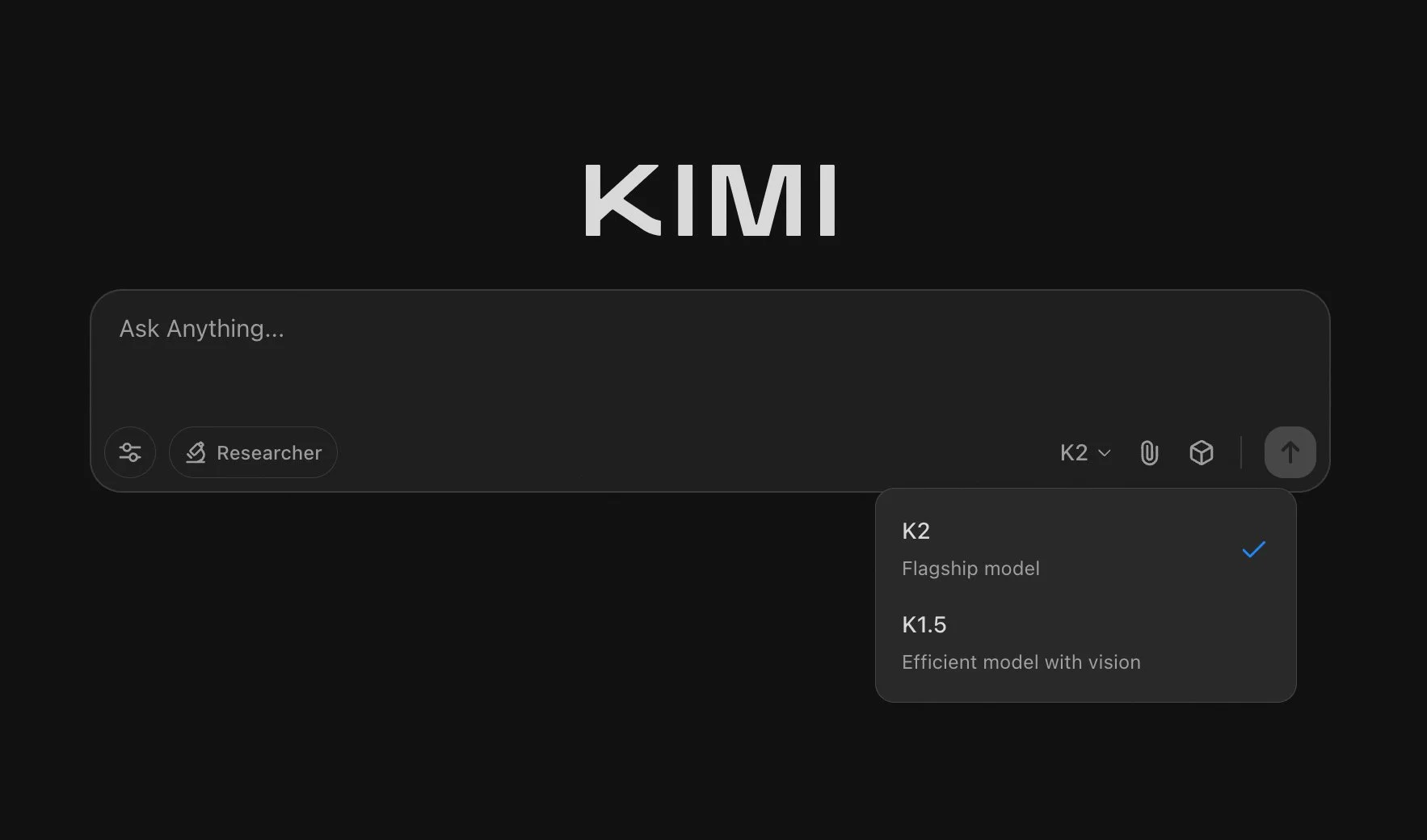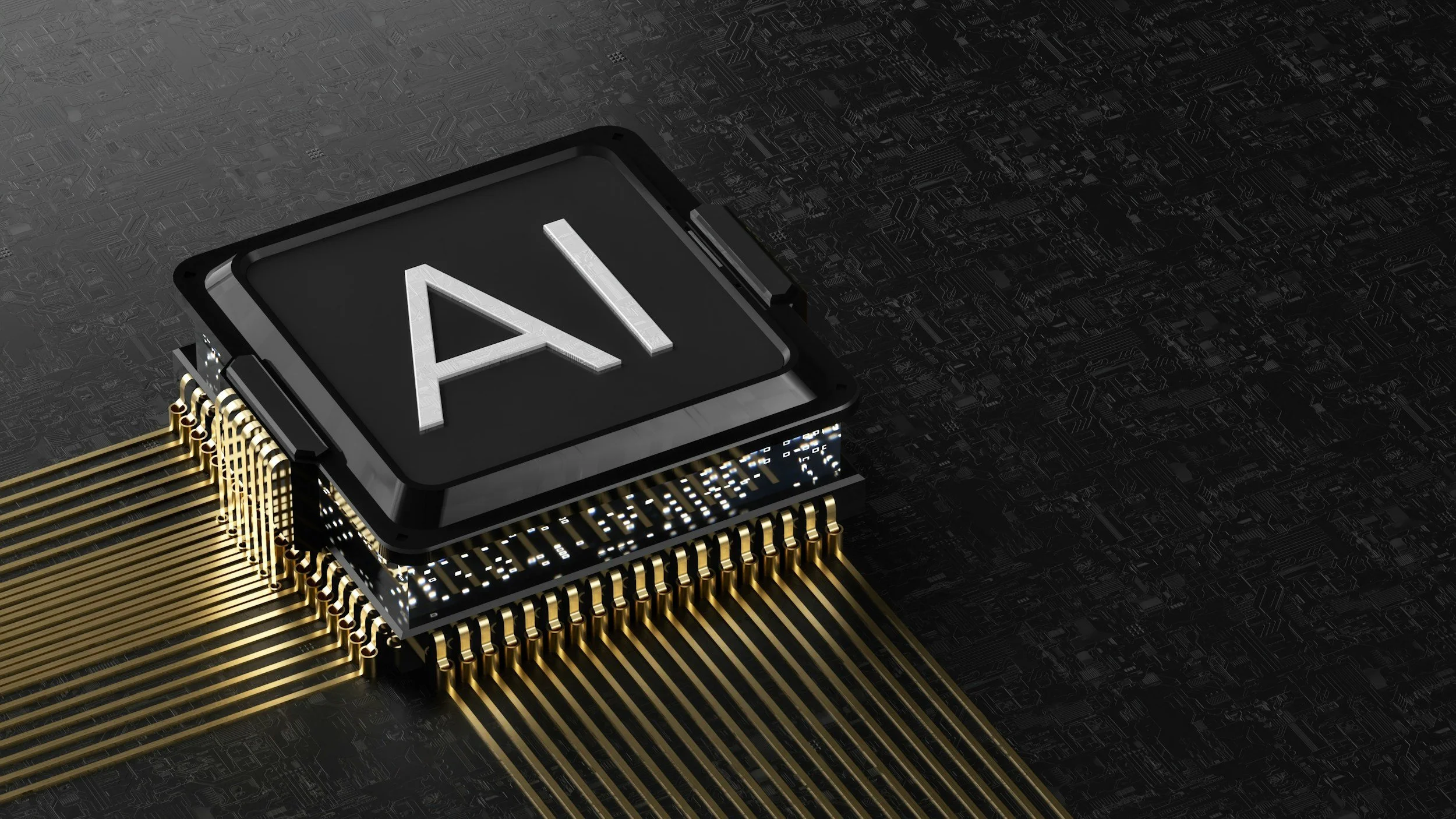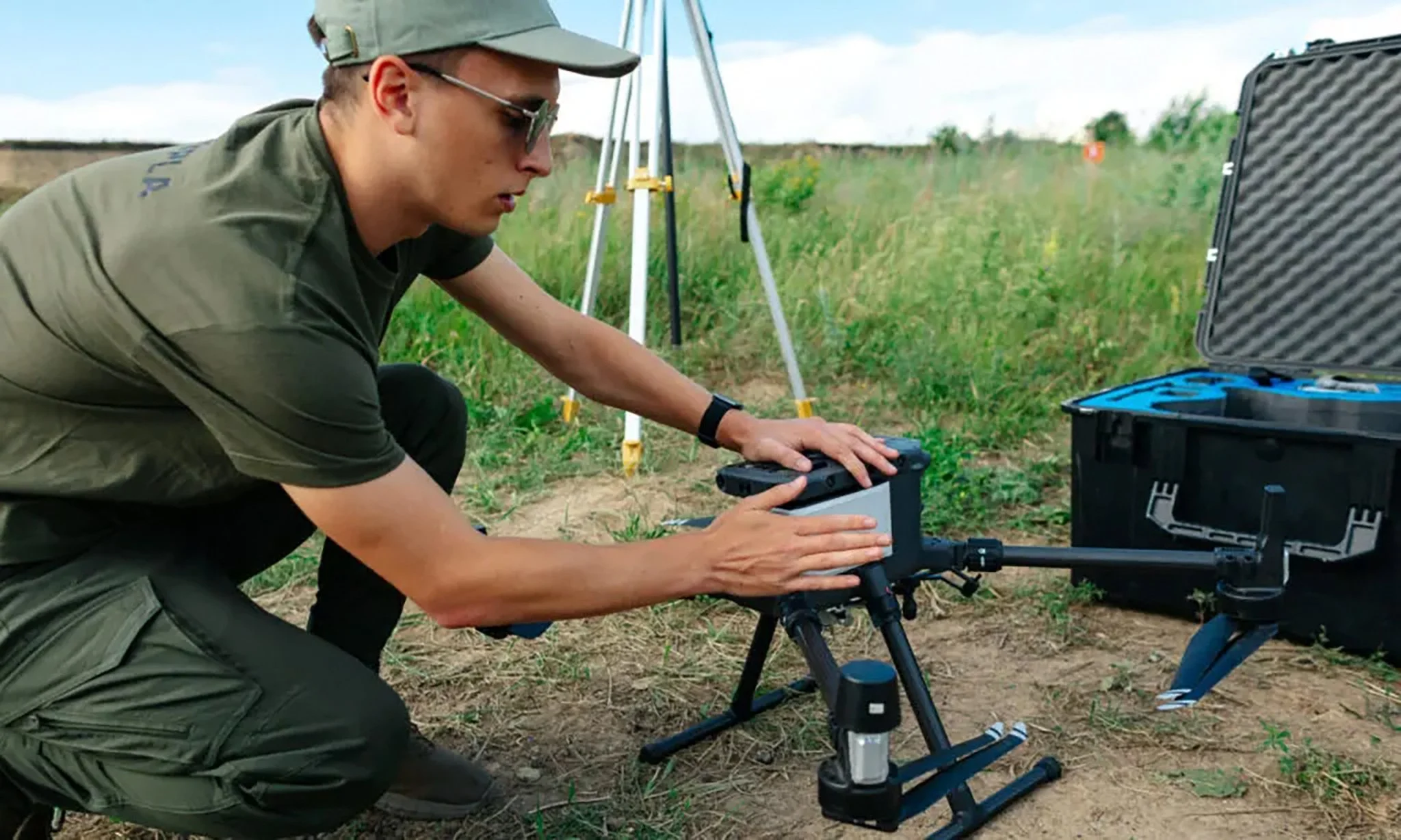Adobe confirmed that it has integrated Photoshop, Express, and Acrobat into ChatGPT. This update allows users to execute common design and PDF tasks through conversational prompts, with the option to move projects to full Adobe apps for advanced editing.
OpenAI has launched GPT-5.2, marking a historic milestone as the first model to achieve a verified 100% score on the AIME 2025 math benchmark without external tools. Released on December 11 amid intensifying competition with Google's Gemini 3, the update introduces "Thinking" capabilities and a massive 400,000 token context window.
A Nature News report details a new approach combining AI with physics-based climate models. The "AI plus RES" method estimates rare extreme heat events 30 to 300 times faster than conventional simulations, aiming to improve climate risk analysis.
Australia’s new laws banning social media for under 16s have come into force, placing the burden on major platforms to enforce age limits or face significant civil penalties. As access to mainstream apps tightens, safety commissioners and researchers warn of a potential migration to AI companion tools, which are currently less regulated and increasingly used by vulnerable youth for advice and support.
Researchers have published two separate studies detailing artificial neurons that utilize ion motion to closely mimic biological signal processing. By operating at low voltages around 60 millivolts and integrating with chemical sensors, these components aim to reduce the power and circuit overhead required for running artificial intelligence on edge devices.
An AI-generated act mimicking King Gizzard and the Lizard Wizard briefly surfaced on Spotify, bypassing safeguards despite the band’s 2025 catalogue removal. The incident highlights the ongoing challenge of detecting "sound-alike" content, even as Spotify reports removing 75 million spam tracks in its recent policy update.
A new paper published in NPJ Digital Medicine argues that general-purpose AI chatbots are effectively functioning as unregulated medical tools. Highlighting a "psychologist" character with 47.3 million interactions and recent safety incidents, researchers from TU Dresden are calling for clinical-grade oversight, age verification, and "guardian" systems to protect vulnerable users seeking therapy from AI.
OpenAI and NEXTDC have announced a collaboration to develop a "sovereign" AI campus at the S7 site in Western Sydney. Targeted for delivery in 2027, the project is designed to support critical government and enterprise workloads with onshore processing. The facility will prioritize sustainability through closed-loop liquid cooling technology.
Newcastle-based Cypher IQ has introduced the "Scan and Store Workflow Wizard," an AI-powered tool designed to streamline document capture for managed print fleets. By automating metadata tagging and filing to cloud destinations, the solution aims to reduce manual data entry and improve compliance for industries moving from paper-based to digital workflows.
Google differentiates its artificial intelligence offerings by positioning AI Mode as a search-integrated tool for real-time queries and Gemini as a standalone assistant for creative and multimodal tasks. This report explores their diverging roadmaps, subscription tiers, and functional boundaries within the broader competitive landscape.
Google’s December update for NotebookLM mobile introduces direct camera capture, allowing users to add photos as sources for grounded AI analysis. While the app now leverages a 1 million token context window to process these images, Mind Map generation remains limited to the web experience.
Athena Security has announced a new AI model designed to detect disassembled drone components — such as motors and batteries — within existing X-ray screening workflows. The system targets pre-assembly risks at checkpoints, aiming to mitigate threats before unmanned aircraft can be constructed and launched near critical infrastructure.
Mark Zuckerberg has appointed longtime Apple executive Alan Dye to head a new creative studio at Meta Reality Labs. Tasked with treating artificial intelligence as a core "design material," Dye will oversee the development of next-generation smart glasses and wearables intended to rival the smartphone as a primary computing interface.
Spotify and major music rights holders have launched a collaboration to build "artist-first" generative AI products. Announced October 16, 2025, the deal aims to establish a licensed framework for AI in music, emphasizing consent and compensation following a period of industry litigation.
A new survey commissioned by Trinity College London indicates that young workers in the UK currently view social hurdles as a greater challenge than automation. With 42% of respondents citing anxiety regarding unfamiliar colleagues and 38% dreading small talk, the findings suggest that hybrid work patterns may be impacting interpersonal confidence, even as AI anxiety ranks lower than in comparable US studies.
The Australian Institute of Marine Science (AIMS) has begun field trials of the Deployment Guidance System (DGS), an AI-enabled workflow that automates the placement of juvenile corals. Designed to scale restoration efforts, the system uses real-time computer vision to select optimal seeding sites across the Great Barrier Reef, responding to the urgency of back-to-back mass bleaching events in 2024 and 2025.
Australia enters the enforcement phase of its under-16 social media ban on December 10, 2025. With penalties reaching AUD 49.5 million, platforms like Facebook and TikTok must now demonstrate reasonable steps to block young users. This report details the legal scope, the 10 affected services, and the privacy safeguards mandated by the new legislation.
New 2025 data indicates generative AI has reached mainstream status with 54.6% adoption among U.S. adults. As ChatGPT’s growth stabilizes, competitors like Google Gemini and Microsoft Copilot are expanding the market into a diverse ecosystem of specialized assistants, shifting the dynamic from a single-leader story to a multi-platform race.
The National Disability Insurance Agency (NDIA) is preparing to introduce a new "New Framework Planning" model in mid-2026. Utilizing the I-CAN version 6 assessment tool, the reforms aim to standardize budget generation for the scheme's 750,000 participants. Internal briefings reported by The Guardian suggest the new system will produce computer-generated funding amounts that staff cannot manually alter, significantly changing how disability support is calculated and reviewed.
A new not-for-profit, Women in AI Australia, has launched to improve female representation in the AI sector. Established by three industry experts, the group aims to provide mentorship and skills training in alignment with the federal government's recently released National AI Plan.
Kuaishou Technology officially unveiled Kling O1 on December 1, 2025, positioning it as the industry’s first unified multimodal model designed to integrate video generation and natural-language editing into a single workflow. Higgsfield has integrated the model alongside its Cyber Week pricing updates, aiming to streamline production for creators and commercial teams.
On November 25, representatives from more than 50 federal entities—including the FBI, FAA, and military branches—convened to operationalize Joint Interagency Task Force 401 (JIATF 401). Established to address the escalating risks from autonomous and AI-enabled small drones, the task force is charged with synchronizing government efforts and speeding up the procurement of interoperable defensive systems for both homeland security and overseas operations.
Chief AI Scientist Yann LeCun has confirmed he will depart Meta Platforms at the end of 2025, concluding a 12-year tenure to establish an independent research company. The new Paris-based venture will focus on developing "world models" capable of physical reasoning. Meta will serve as a partner but will not invest in the startup, marking a divergence between LeCun’s research goals and Meta’s product-focused superintelligence strategy.
"Walk My Walk," a track by the AI persona Breaking Rust, has reached the top of a Billboard sales chart, prompting industry debate over vocal rights and authenticity. As major record labels pivot from lawsuits to licensing agreements with AI generators, new data suggests a significant portion of creator revenues may soon be impacted by the rapid scale of synthetic content.
Published in The Lancet Digital Health, the MASAI trial demonstrates that AI-supported mammography increased cancer detection rates by 29% relative to standard methods while decreasing reading workload by 44% in a randomized study of over 105,000 participants.
Released on 2 December 2025, the National AI Plan shifts policy focus to sector-led regulation and establishes a new advisory AI Safety Institute. The strategy aims to balance economic opportunity with safety by utilizing existing legal frameworks rather than mandatory national guardrails.
In a new technical paper, Google outlines Project Suncatcher, a research initiative designed to test whether artificial intelligence workloads can be offloaded to solar-powered satellites. The proposal describes formation-flying clusters capable of high-speed optical data transmission to address power grid constraints on Earth.
OpenAI has terminated its relationship with third-party analytics provider Mixpanel after a targeted phishing campaign exposed limited personal information linked to API users. While OpenAI confirms that ChatGPT consumer data and passwords were not affected, the incident has prompted a broader security review of the company's vendor ecosystem to address supply chain risks.
Target Corporation has introduced a beta shopping application within OpenAI’s ChatGPT, enabling users to search for curated products and build baskets without leaving the conversation. Announced on 19 November, the integration utilizes the open Agentic Commerce Protocol and arrives as industry data indicates a significant rise in consumers using AI agents for retail discovery.
AI Academy
Business & Economy
Chatbot Development
Digital Security
Environment & Science
Weekly Highlighted Videos
Curated and recommended by our team, these videos showcase the latest trends, breakthroughs, and insights in AI and technology. We select content from trusted creators to keep you informed and inspired.
Have a video you'd like featured? Contact us today!


































































































































































The United States and Australia have spearheaded a multinational effort to secure artificial intelligence in critical infrastructure. The newly released 25-page guidance details four sequential principles for operators to evaluate and deploy AI within operational technology, balancing innovation with strict safety and security protocols.